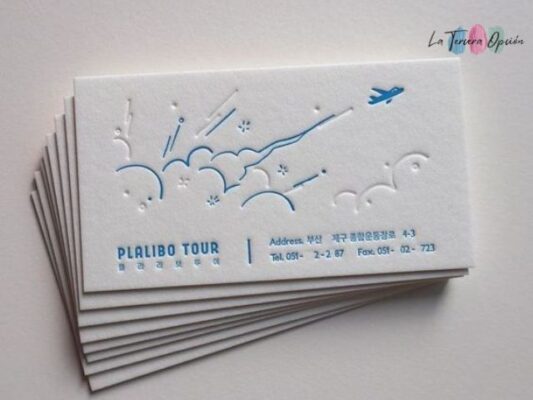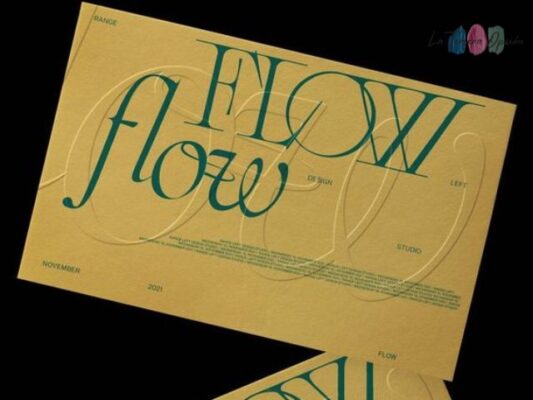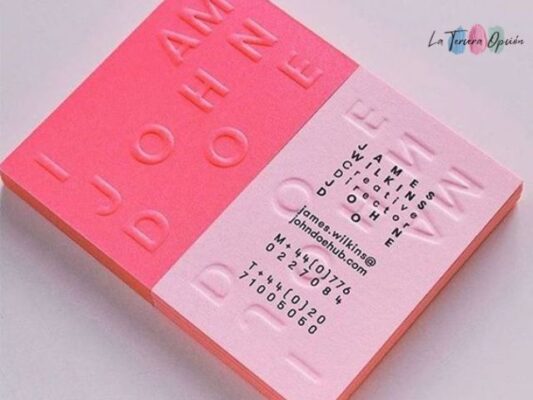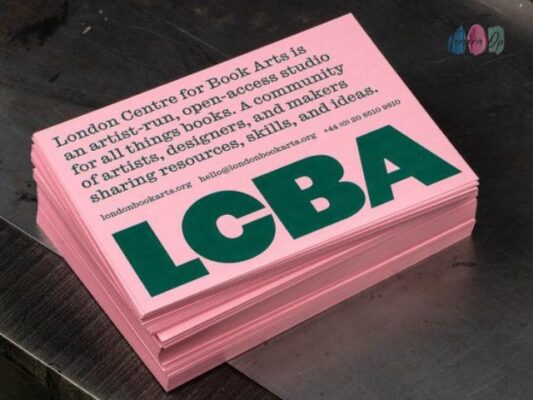Crafting a high-quality business card is essential for making a lasting impression on potential clients and business partners. A well-designed business card not only provides contact information but also reflects the professionalism and attention to detail of your brand. In today’s competitive market, where first impressions matter more than ever, investing in a quality business card can set you apart from the competition and leave a positive impression on those you meet. In this guide, we’ll explore the key elements of designing a business card that exudes quality and effectively represents your brand. From selecting premium materials to incorporating elegant design elements, we’ll discuss how to create a business card that makes a statement and reinforces your brand image.
Contents
- 1 How to Design a Business Card
- 1.1 1. Determine Your Branding:
- 1.2 2. Choose the Right Size and Shape:
- 1.3 3. Select a Design Software:
- 1.4 4. Include Essential Information:
- 1.5 5. Design the Layout:
- 1.6 6. Add Visual Elements:
- 1.7 7. Choose Fonts Wisely:
- 1.8 8. Consider Finishing Options:
- 1.9 9. Review and Proofread:
- 1.10 10. Print Your Business Cards:
- 1.11 11. Distribute Your Business Cards:
- 1.12 12. Update as Needed:
- 2 Conclusion
- 3 Related Post
How to Design a Business Card
Designing a business card is crucial for making a lasting impression on potential clients or business partners. Here’s a step-by-step guide to help you design an effective business card:
1. Determine Your Branding:
Decide on the branding elements you want to incorporate into your business card, such as your logo, colors, and fonts. Ensure consistency with your other marketing materials.
2. Choose the Right Size and Shape:
Standard business card dimensions are typically 3.5 x 2 inches. However, you can also opt for unique shapes or sizes to make your card stand out. Just be mindful that non-standard sizes may not fit into cardholders or wallets easily.

3. Select a Design Software:
Use graphic design software like Adobe Illustrator, Photoshop, or Canva to create your business card. These tools offer various templates, fonts, and design elements to help you customize your card.
4. Include Essential Information:
Make sure to include key information such as your name, job title, company name, phone number, email address, and website. You can also add your physical address or social media handles if relevant.

5. Design the Layout:
Experiment with different layouts to find one that suits your style and allows for clear readability. Consider using a hierarchy of information, with the most important details (like your name and company name) in larger font sizes.

6. Add Visual Elements:
Incorporate your logo, graphics, or other visual elements that reflect your brand identity. Just be sure not to overcrowd the card; white space can enhance readability and aesthetics.

7. Choose Fonts Wisely:
Select fonts that are easy to read and align with your brand’s personality. Stick to one or two font styles to maintain a cohesive look, and ensure that the text is legible even at small sizes.

8. Consider Finishing Options:
Explore finishing options such as matte or glossy coatings, embossing, foil stamping, or rounded corners to add a tactile or visual appeal to your business card.
9. Review and Proofread:
Before finalizing your design, carefully review all information for accuracy and completeness. Double-check spelling, grammar, and contact details to avoid any errors.
10. Print Your Business Cards:
Once you’re satisfied with the design, choose a reputable printing service or print shop to produce your business cards. Consider factors like paper quality, printing technique, and turnaround time.

11. Distribute Your Business Cards:
Be strategic about distributing your business cards. Carry them with you at networking events, conferences, meetings, and other professional gatherings. You can also leave them at local businesses or include them in correspondence.
12. Update as Needed:
Periodically review and update your business card to reflect any changes in your contact information or branding.
Conclusion
In summary, designing an effective business card involves careful consideration of key elements such as logo, color scheme, typography, and special finishes. By aligning these components with the brand’s identity and industry standards, businesses can create memorable and impactful cards that leave a lasting impression on recipients, ultimately fostering valuable connections and opportunities.
Related Post
Designing a Logo: Simple Steps for Success
14+ Luxury Fonts for Wedding Invitations
Top 13 Trending Handwriting Fonts

